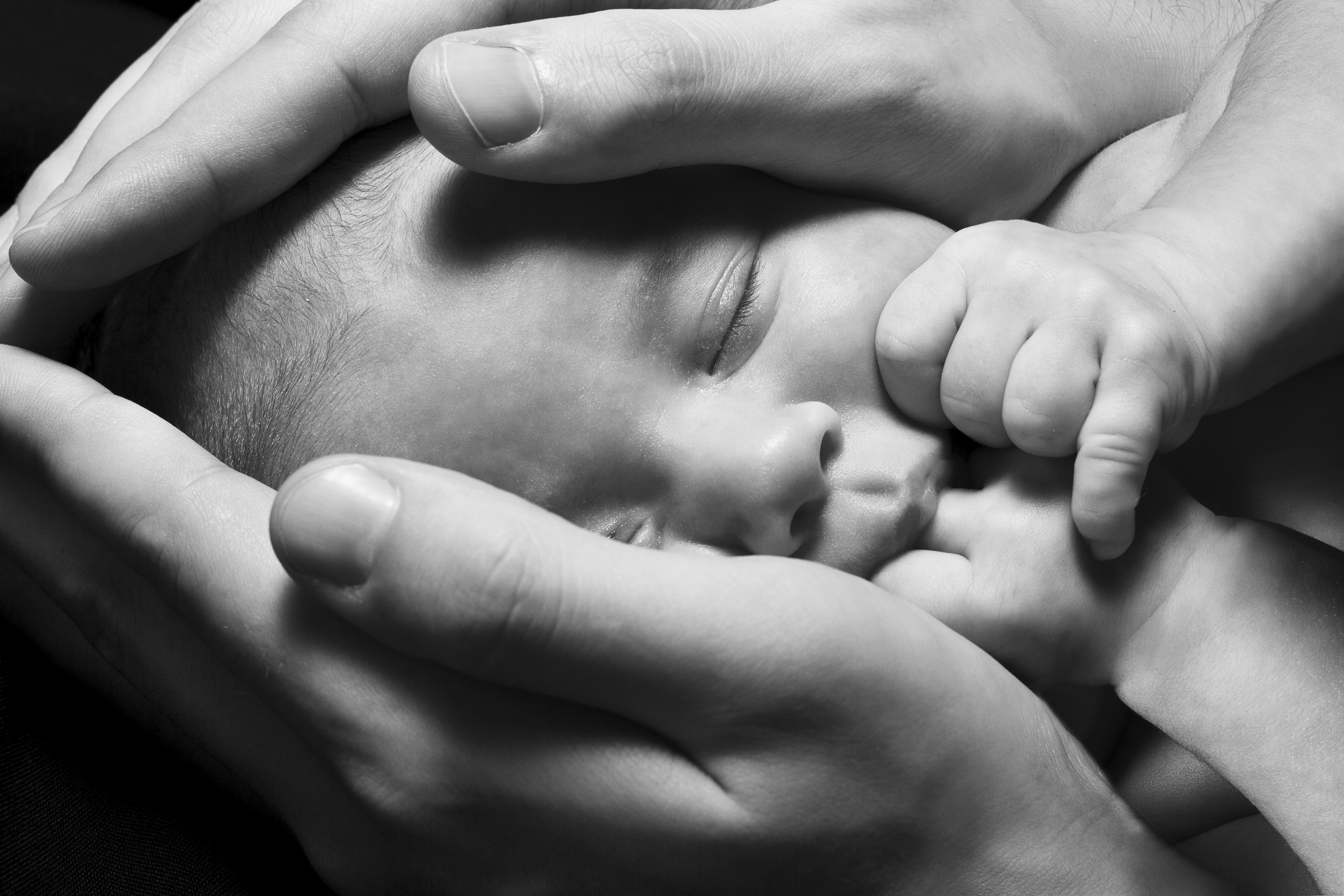
After the birth of the baby, any mother is faced with many questions that can not always be answered unambiguously. Children's anxiety, crying, poor sleep - all this causes an alarm in a newly made mother. Moreover, this anxiety is most often justified. If the child is capricious, refuses to eat, sleeps badly-then something bothers him. One of the causes of anxiety can be ICD - intracranial pressure.
The content of the article
- Intracranial hypertension in children
- Causes of intracranial pressure in a child
- How to understand that the child has intracranial pressure?
- Symptoms of intracranial pressure in children up to a year
- Intracranial pressure in a child at 3, 5, 7 years old
- How to measure intracranial pressure in children?
- How to treat intracranial pressure in a child medication?
- Folk treatment of intracranial pressure in children
- Why is the child's intracranial pressure dangerous?
- How to treat intracranial pressure in a child: tips and reviews
- Intracranial pressure, video
The diagnosis "intracranial pressure" scares a lot of parents not in vain, but is it reasonably put? A real ICD disease can lead to many complications up to disability. The fact that this diagnosis is actually very rare, and what the pediatricians are talking about, is discussed at almost every forum for mothers and everywhere in playgrounds - nothing more than a substitution of concepts. I suggest you figure out what it is and what to do if your child has symptoms of this disease.
Intracranial hypertension in children
Intracranial hypertension (increased intracranial pressure) is the natural pressure of the cerebrospinal fluid - cerebrospinal fluid - inside the ventricles and in the spinal canal. The volume of cerebrospinal fluid affects the pressure in the skull. Usually it is constant and its composition is periodically changing and updated. In case of increasing the amount of fluid, intracranial pressure rises. If this phenomenon is constant in nature, we are talking about a diagnosis that neuropathologists often give children - increased intracranial pressure.
Please note that the LDF syndrome is not an independent diagnosis of the disease, but a symptom, which indicates the presence of a different problem in the body of the infant. The priority task to eliminate the increased VDF is to determine the cause that caused this phenomenon, and then begin to eliminate it.

Intracranial hypertension in children
Causes of intracranial pressure in a child
The cause of intracranial pressure can be:
- Complicated pregnancy (severe toxicosis, placenta detachment)
- The hypoxia of the fetus, which occurs due to the cordiality of the umbilical or complications of the generic activity. The baby's brain is trying to compensate for the lack of oxygen in reinforced production of the fluid, which, filling the skull, presses on the brain. Hypcia caused by hypoxia, often passes shortly after delivery
- It is quite another thing when intracranial pressure is caused by hydrocephalus (congenital or acquired) - increased amount of fluid in the skull due to hemorrhage or genetic deviations. In this case, the VPT is important in time to diagnose and conduct a course of treatment.
Important: Hydrocephalus Acquired may appear at any age due to tumor, meningitis, encephalitis, or as a result of neurosurgical operations.
- The tumor of the brain or inflammatory processes in it, hematoma or cranial and brain injury also lead to an increase in the number of liquor (spinal fluid), which cannot come to the norm alone. Such cases require surgical interference and eliminating the cause of the growth of VDF
IMPORTANT: Summing up, it is safe to say if your child has no suspicion of a tumor, there were no heavy injuries of the head and there are no severe diseases, the excessive VDF, which must be treated, he does not have.
- Early steepness of the bones of the skull
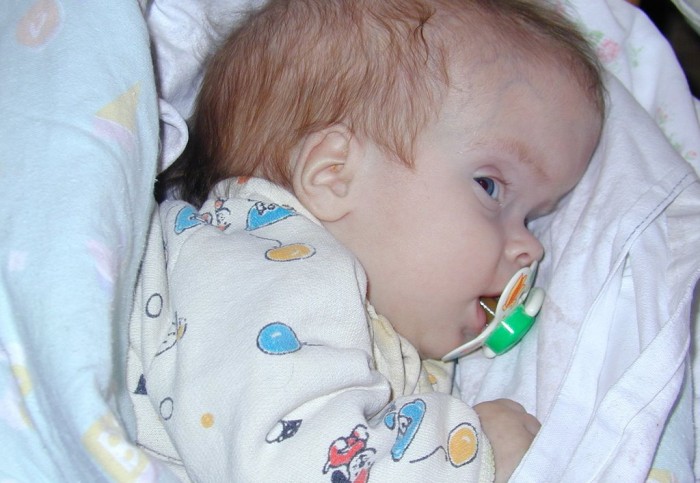
Hydrocephalus in the child
How to understand that the child has intracranial pressure?
There are various signs of intracranial pressure in children. For example, in the infants suffering from the Big Springs are increased in size, which leads to an increase in the scalp. There is no older children of such a symptom, as the spring is already absent. That is, for different ages of children there are different symptoms.
Important: If your child is capricious, rolls hysterics and sleeps badly - this is not yet a symptom of VDF. It may be hyperactivity.
Symptoms of intracranial pressure in children up to year
Important: None of the symptoms indicated below does not indicate the presence of increased intracranial pressure. They need to be perceived in the complex, and only the doctor can be diagnosed with diagnostics.
Symptoms of VDF for breast child:
- Increased spring, possibly its swelling and pulsation
- The appearance of convulsion is possible
- The discrepancy of the cranial seams
- Eye protrusion, setting sun syndrome (headband apple
- Anxiety, plasticity - usually manifested in the evening and night. Due to the fact that the baby is constantly in a horizontal position, in which the venous outflow slows down
- A large number of veins on the head - with VENA VENE, are filled with blood, which leads to distinct visibility
- Frequent and abundant tightening - is not a reliable symptom, as it can be caused not only by VDF, but also with overeating or by the formation of an air traffic jam
- Lost
- Slow development
- Failure to chest
- Bad weight gain
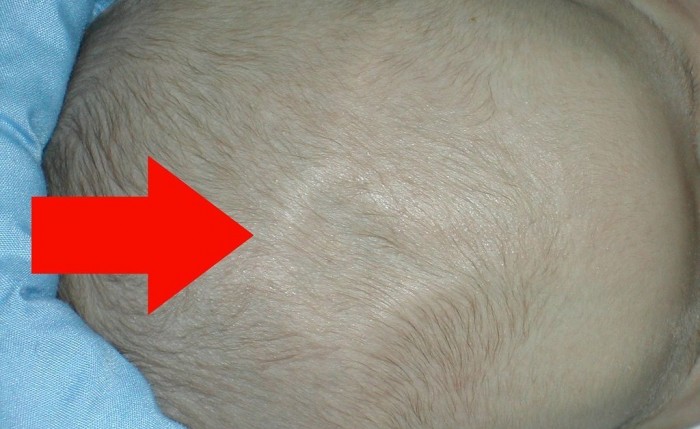
Big Spring
Intracranial pressure in the child at 3, 5, 7 years
The presence of intracranial hypertension in children no longer having a spring is determined by other features. Thus, children and children of younger school age can have inattention, slow motion, problems with memorizing new information. Often in children with elevated VDF bad handwriting.
Symptoms of VDF in children 3, 5, 7 years old:
- Big forehead
- Covered eyes
- Problems with vision, eye pain, flashes of flies in front of the eyes - arises due to the pressure of the liquor
- Frequency, frequent whims, drowsiness
- Headaches
- Tired
- Weakness
- Vomiting that does not bring relief - Likvor annoying brain centers
- Bad coordination
- Poorly developed speech
IMPORTANT: If there is a HFG, the child's well-being worsens in the evening and night closer to the morning.
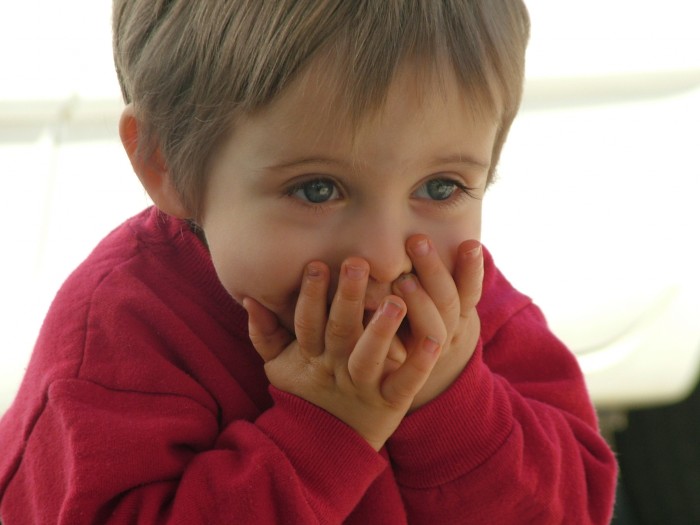
Symptoms of VDF 3, 5, 7 years
How to measure intracranial pressure in children?
If you are faced with the need to measure intracranial pressure from a child - do not do this with the help of modern instruments offered by advertising. They do not even give an approximately exact result.
The exact data is possible only in several ways, but they are associated with the invasion directly into the cranial box, for example, lumbar and ventricular puncture.
However, you can independently find out if your child has an increased VDF. One of the main signs after all is the peerness of the spring, and as a result of this, an increase in the circle of the head. You can measure the circle by spending the Portnovo meter above the eyebrows and at a high bottom of the back. The average for the newborn - 34cm, and every month this figure increases by 1 cm. On this methods available to you end.
For the diagnosis of VDF infants, neurosonography are prescribed through the spring - ultrasound of the brain. Older children spend tomography and explore the eye bottom.
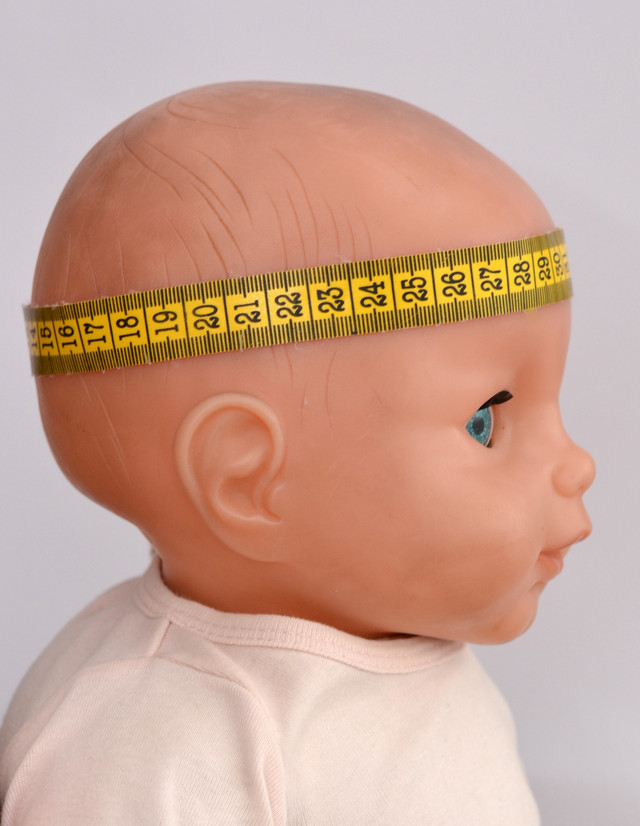
Proper measurement of scalp to identify
How to treat intracranial pressure from a child medication?
The main criteria for whether it is worth exposing a child with the effects of drugs, is a weight gain, the amount of sleep and the development of the child. If all these items are all within the norm, then lift the panic and heal the child is not worth it.
The appointment of the course of treatment largely depends on the root cause, which caused an increase in intracranial pressure. The most commonly used drugs:
- Diuretics (triampur, furosemid, acetazolamide) - diuretic drugs with different principle of action
- Nootropic tools (piracetam, cavinton) - contribute to improved blood circulation in the brain
- Neuroprotectors (glycine)
- Soothing drugs
In the most serious cases, for example, hydrocephalius, resort to shunting (as a result of the procedure, the extra liquor leaks into the abdominal cavity), and the tumors are subject to operational intervention.
Important: The earlier you begin the appointed treatment, the better. The launched disease can lead to a mass of complications.
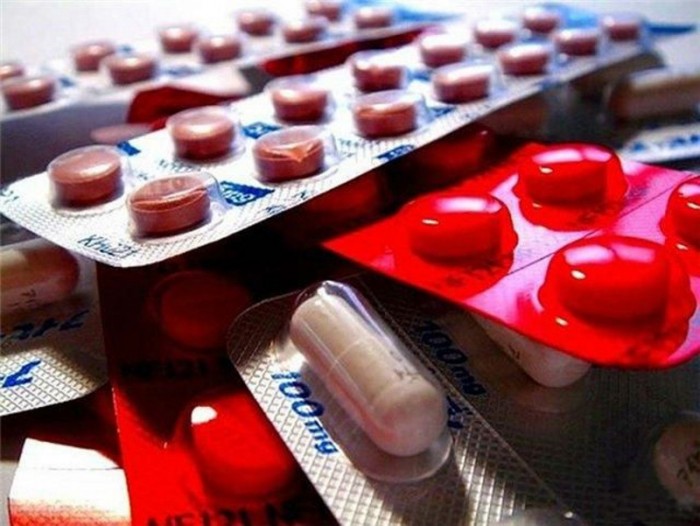
Medical treatment of VDSH
Popular treatment of intracranial pressure in children
Naturally, traditional medicine cannot be perceived as an independent method of treatment. Contact folk remedies in a complex with medication treatment, for the prevention of the disease or for rehabilitation after it.
At VFG (intracranial hypertension), the following means have proven:
- Full-table infusion of silk branches 2 times a day
- Mix at 100g of the dishes of hawthorn and valerian, add 25gr mint tincture and 10 grams of carnations, take 25-50g before eating
- Mix the floral pollen and honey in proportion 2: 1 and use this mixture for head massage
- 1st.L. Corn flour insist 40 minutes in half a glass of boiling water, strain. It is recommended to take an empty stomach before eating no more than a month.
- 1 cup of mint peppermint leaning 1l water. Make warm compresses on the head
- Bill 2 cup of lime color 2l water, give it. Add decoction to the bath
- Eat for 500g grapes daily, it contributes to the nutrition of brain fabrics
- Insist 20 laurel sheets at 0.5 liter boiling water and give the child to ride over the pamra
- Grind 2 lemon and 2 heads of garlic (in a meat grinder, on a grater - how it is convenient for you), fill it for a day 1.5l boiled water, strain. Course of treatment 2 weeks 50g before each food intake daily
Important: Before applying any method of treating folk medicine, you will definitely consult with your attending physician.

Folk treatment of VDCH
What is dangerous intracranial pressure in a child?
In the absence of timely diagnostics, increased VDF is fraught with many complications:
- Appearance of epilepsy
- Hemorrhage and strokes
- Vision problems
- Development of mental diseases
- Delay Development
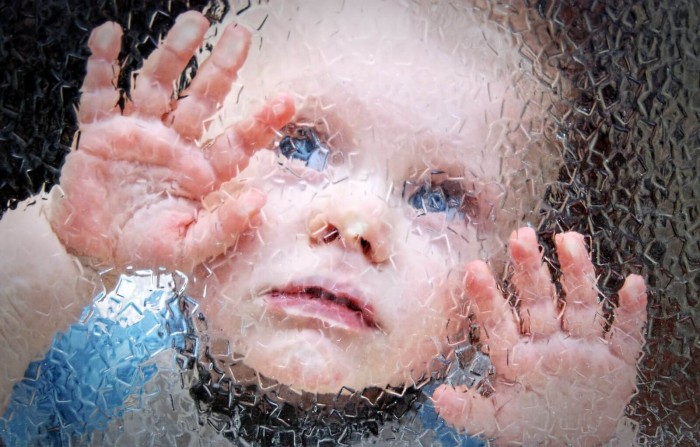
Consequences of increased VDF in children
How to treat intracranial pressure in a child: Tips and reviews
- The treatment of VDF is necessary only in extreme cases for the reason that intracranial pressure, like arterial, can constantly fluctuate depending on physical exertion, nervous shocks and anxiety. If it rises at times and slightly, it is not worth treating a child, most likely it is completely normalized to age 6 months, if it comes to infants
- If available, it is recommended to walk with a child in the fresh air for a long time
- It is important to normalize the dream of a child, establish feeding mode
- Moderate physical exertion, such as swimming, are extremely useful.
- In the case of comprehensive treatment, VDF is extremely important to accurately follow the appointments of the doctor
